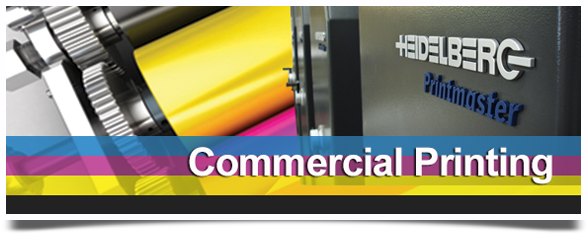USB Bootable:
A common use of a bootable USB flash drive is to use it for booting into Windows. This can allow you to perform diagnostics on a computer that has hardware issues or can't boot into Windows. You can also use the flash drive to install Windows, instead of using the Windows installation CD.
This guide will outline making a bootable USB flash drive with Windows XP, Vista, and 7. Before we begin, it's important to note that the computer you want to use your bootable USB drive in will need to have the capability of booting to a USB drive. Most recent computers built since Windows Vista was released are capable of booting to a USB device. Prior to the Windows Vista timeframe, it's hit or miss with motherboards.
To make the bootable USB drive for Windows Vista or Windows 7, you need to have Windows Vista or 7 installed on your computer. It is recommended that you have a flash drive of at least 4 GB in size, in order to store all the necessary files.
Note: Before you start, plug in the USB drive and backup any files you have stored on the USB drive. The drive will be formatted during this process and all files on it will be deleted.
"It is very Important to Install Window's From USB because many times We See that many many Peoples ask that their DVD/CD Rom drive is not Working Properly So they Wish to Install Windows by make it Boot able From USB Drive.So I m Sharing With You all this Process in a Video Lecture and I divided this Process in 2 Video Lectures Respectively below So follow the below Video Lecture and if you have any Question then Please just Comment in below Comment box.Share this Website With Your Friends Please"







